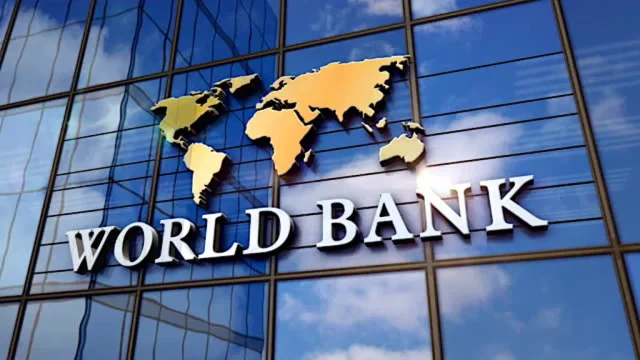The World Bank has projected a 3.6% economic growth rate for Nigeria in 2025, up from an estimated 3.4% in 2024, citing the positive impact of ongoing macroeconomic reforms. According to the Spring 2025 Africa’s Pulse report , Nigeria’s recovery will be fueled by stronger performance in non-oil sectors like financial services, telecommunications, and IT, alongside gradual improvements in oil production aligning with OPEC+ quotas.
However, despite this optimistic outlook, the report highlights a grim reality: Nigeria is home to 15% of the world’s extreme poor , with over 106 million citizens living on less than $2.15 per day . This places Nigeria at the epicenter of the global poverty crisis, even as it remains Africa’s largest economy by GDP.
Economic Growth Outlook
The World Bank anticipates further acceleration, forecasting growth to reach 3.8% by 2027 , contingent on sustained reforms. Non-oil sectors, particularly finance and ICT, are expected to drive recovery, while oil production rebounds cautiously.
In contrast, the International Monetary Fund (IMF) offers a more cautious projection, revising Nigeria’s 2025 growth rate downward to 3.0% due to structural inefficiencies and weak oil revenues. The IMF also warns that inflation could spike to 37% by 2026 , driven by exchange rate volatility and supply-side challenges.
Poverty and Structural Challenges
The report underscores that poverty in resource-rich and fragile economies, including Nigeria, is worsening. The World Bank predicts Nigeria’s poverty rate will rise by 3.6 percentage points between 2022 and 2027 , despite temporary gains in sectors like telecommunications.
“Service delivery must improve urgently in countries with rapidly expanding populations, such as Nigeria,” the report states. With 13 million more Nigerians at risk of falling into poverty by 2025, according to PwC, the need for effective social interventions is critical.
Policy Recommendations
The IMF acknowledges recent reforms, including fuel subsidy removal and FX market improvements, but notes their benefits have yet to reach most citizens. It urges the government to redirect fiscal savings into growth-enhancing investments and expand cash transfer programs to alleviate food insecurity.
External Sector Stability
On the external front, Nigeria’s current account surplus is projected to remain robust, rising slightly from 9.2% of GDP in 2024 to 9.4% in 2026 , supported by lower imports and higher remittances. However, falling oil prices pose risks, with the IMF warning of increased budgetary pressures.
While Nigeria’s economy shows signs of recovery, driven by non-oil sectors, the nation’s deepening poverty crisis demands urgent structural reforms and improved social safety nets. Without decisive action, millions more could fall into extreme poverty by 2027.
Follow us on Instagram.
https://www.instagram.com/businessnewsng?igsh=ZXpweTdjOGF1ZXdu

























